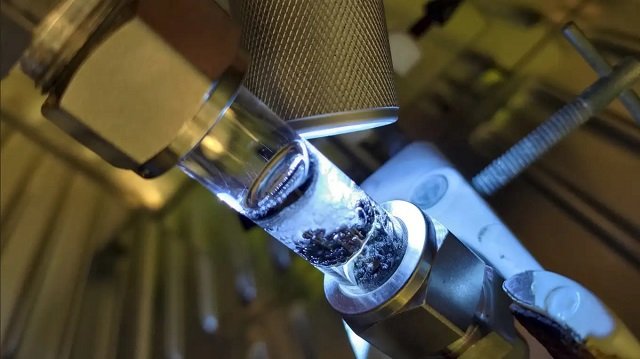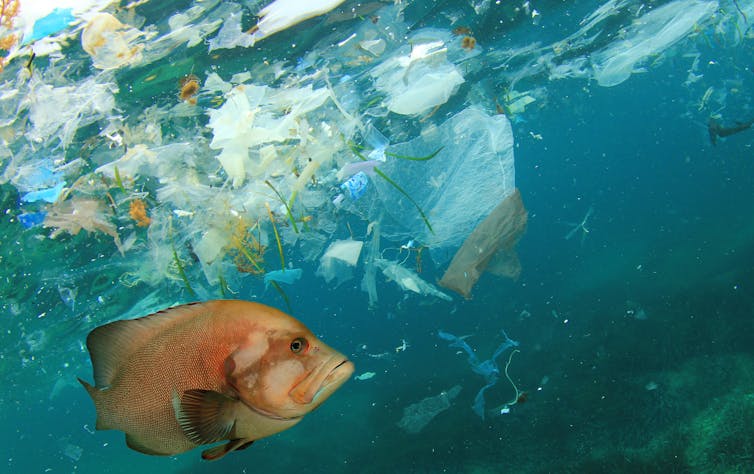Seattle, USA.- Zooplankton, the living tiny animals in water, are an important component of freshwater food webs, sustaining many freshwater fisheries. It has long been thought that a substantial portion of zooplankton diets come originally from land-based ecosystems, for example from nutrients leaching out of plant matter falling into the water, rather than being based entirely from freshwater sources.
Now, a bias has been demonstrated in a key hydrogen-based method used to estimate the land portion of zooplankton diets. This method relies in the ratio of different isotopes of hydrogen that contain either one neutron (1H) or two neutrons (2H, called deuterium), and land-based plants preferentially get rid of the lighter 1H when they transpire water. Most analyses of diet using tracers like these are based on the axiom that “you are what you eat”. However, stable isotope analyses using deuterium are more correctly based on the axiom that “you are what you eat, and drink and swim in”.
A critical part of the calculation is an assumption that only 16% of hydrogen in zooplankton cells comes from water, but the new study shows that actually 27% of hydrogen in zooplankton cells comes from water. The net effect of the improved estimates of this critical parameter is that the estimated contribution of land-based matter in zooplankton diets drops from nearly one-third to near-zero. The new paper was authored by three University of Washington professors: Michael Brett from Civil and Environmental Engineering, and Gordon Holtgrieve and Daniel Schindler from the School of Aquatic and Fishery Sciences, and is published in the journal Ecology.
Reference:
Michael T. Brett Gordon W. Holtgrieve Daniel E. Schindler. An assessment of assumptions and uncertainty in deuterium‐based estimates of terrestrial subsidies to aquatic consumers. Ecology. First published: 01 May 2018 https://doi.org/10.1002/ecy.2211
https://esajournals.onlinelibrary.wiley.com/doi/abs/10.1002/ecy.2211
Source: University of Washington
Editor at the digital magazine AquaHoy. He holds a degree in Aquaculture Biology from the National University of Santa (UNS) and a Master’s degree in Science and Innovation Management from the Polytechnic University of Valencia, with postgraduate diplomas in Business Innovation and Innovation Management. He possesses extensive experience in the aquaculture and fisheries sector, having led the Fisheries Innovation Unit of the National Program for Innovation in Fisheries and Aquaculture (PNIPA). He has served as a senior consultant in technology watch, an innovation project formulator and advisor, and a lecturer at UNS. He is a member of the Peruvian College of Biologists and was recognized by the World Aquaculture Society (WAS) in 2016 for his contribution to aquaculture.




